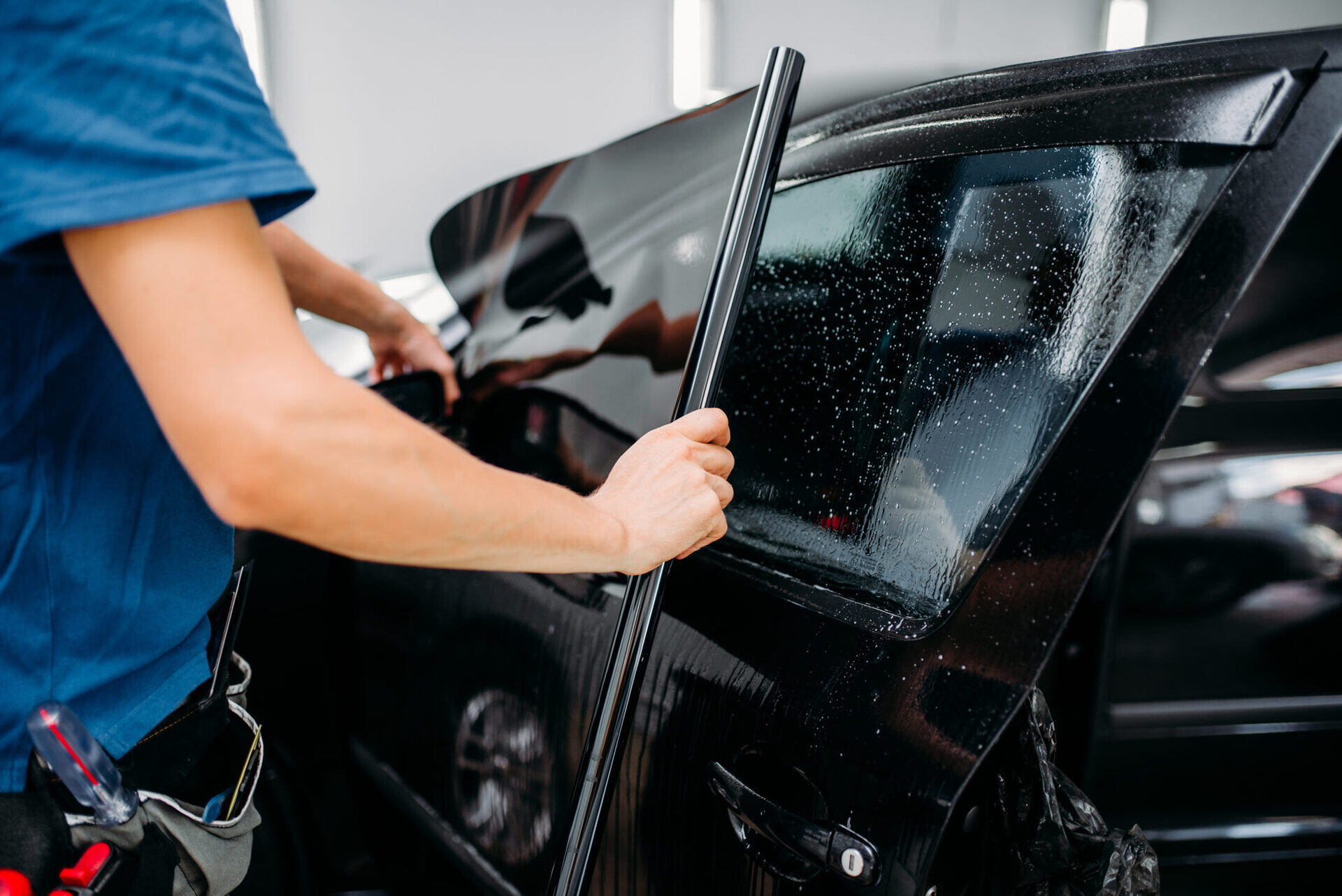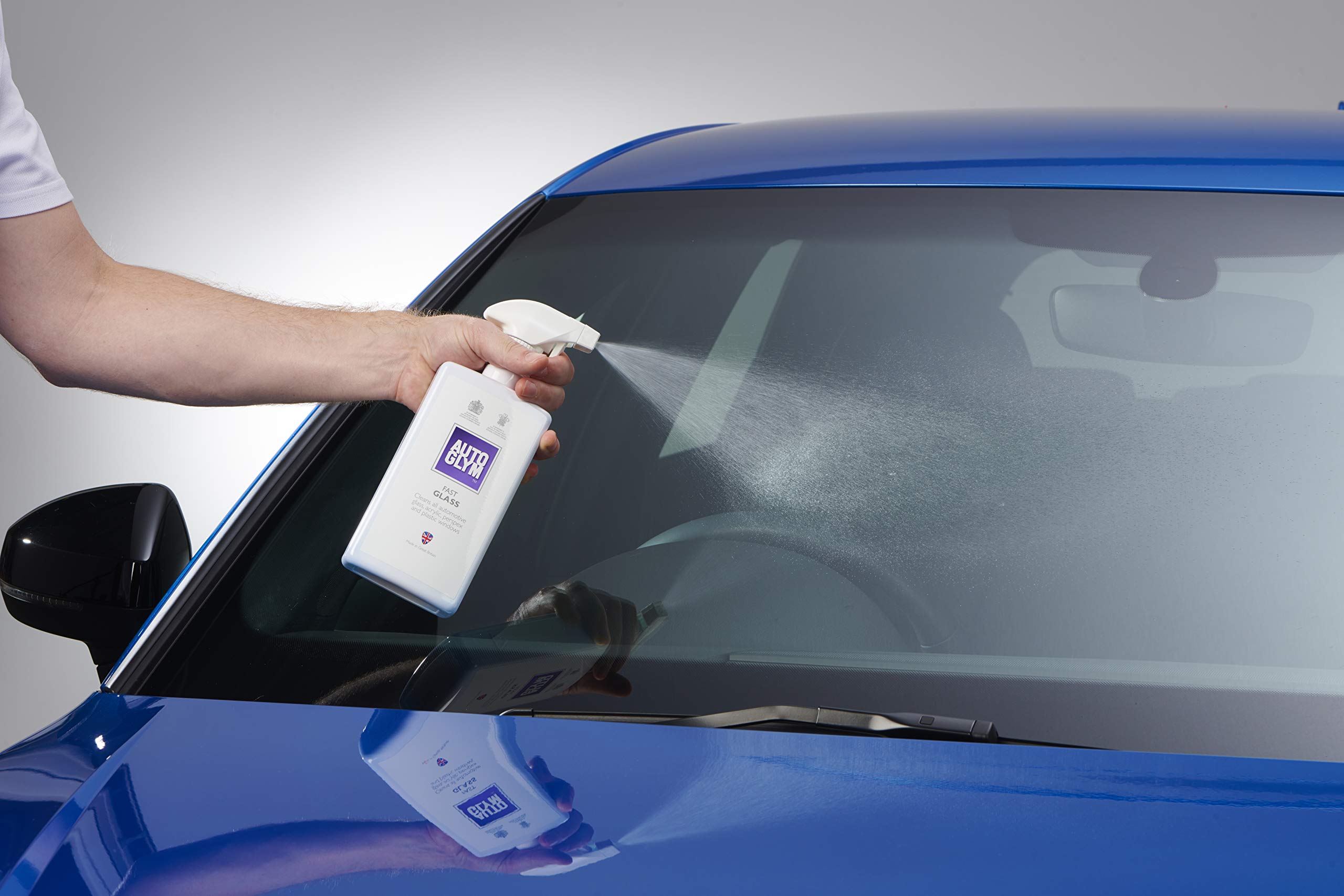Home>Others>Specialized Home Improvement Topics>How To Reseal Car Windows


Specialized Home Improvement Topics
How To Reseal Car Windows
Modified: January 18, 2024
Learn how to reseal car windows with our specialized home improvement tips. Keep your vehicle in top condition with our expert advice.
(Many of the links in this article redirect to a specific reviewed product. Your purchase of these products through affiliate links helps to generate commission for Storables.com, at no extra cost. Learn more)
Introduction
Ensuring that your car windows are properly sealed is crucial for maintaining a comfortable and secure driving experience. Over time, the rubber seals around the windows can deteriorate due to exposure to various weather conditions, leading to potential issues such as water leakage, air drafts, and increased road noise. Fortunately, resealing car windows is a manageable task that can be accomplished with the right tools, materials, and a bit of know-how.
In this comprehensive guide, we will delve into the step-by-step process of resealing car windows, equipping you with the knowledge to tackle this project effectively. Whether you are dealing with a minor sealant issue or aiming to prevent future problems, this article will provide you with the insights and instructions needed to rejuvenate the seals around your car windows.
By following these guidelines, you can enhance the comfort and safety of your driving experience while safeguarding your vehicle against the elements. Let's embark on this journey to reseal your car windows and ensure that your vehicle remains a haven of tranquility and protection.
Key Takeaways:
- Resealing car windows is a manageable task that can enhance driving comfort and safety. With the right tools and materials, you can effectively rejuvenate the rubber seals, preventing issues like water leakage and air drafts.
- To reseal car windows, follow systematic steps including preparation, removal of old sealant, application of new sealant, and heat treatment. Remember to choose high-quality sealants and work in a well-ventilated area for optimal results.
Read more: How To Bulletproof Car Windows
Tools and Materials Needed
Before commencing the resealing process, it’s essential to gather the necessary tools and materials. Here’s a comprehensive list of what you’ll need:
Tools:
- Utility knife or razor blade
- Flathead screwdriver
- Clean cloth
- Paintbrush or foam brush
- Heat gun or hairdryer
- Window cleaner
- Masking tape
Materials:
- Rubber sealant or silicone-based sealant
- Isopropyl alcohol
- Cotton swabs
- Protective gloves
Having these tools and materials at your disposal will ensure that you can effectively reseal your car windows without any unnecessary interruptions. Now that you’re equipped with the essentials, let’s move on to the step-by-step process of resealing your car windows.
Steps to Reseal Car Windows
Resealing your car windows involves a series of systematic steps to ensure a thorough and effective outcome. Follow these guidelines to rejuvenate the seals around your car windows:
Read more: How To Lubricate Car Windows
Step 1: Preparation
Begin by thoroughly cleaning the window area and the rubber seals using a window cleaner and a clean cloth. This step is crucial for removing any dirt, debris, or old sealant residue that may hinder the resealing process.
Step 2: Removal of Old Sealant
Using a utility knife or razor blade, carefully remove any old and deteriorated sealant from the rubber seals. Exercise caution to avoid damaging the rubber seals during this process. A flathead screwdriver can also be used to gently pry away the old sealant.
Step 3: Application of New Sealant
Apply a silicone-based sealant or rubber sealant along the entire length of the rubber seals. Use a paintbrush or foam brush to ensure even coverage, and consider using masking tape to protect the surrounding areas from accidental sealant application.
Step 4: Smoothing the Sealant
After applying the new sealant, use a cotton swab dipped in isopropyl alcohol to smooth and shape the sealant along the rubber seals. This step helps to achieve a clean and uniform sealant application while ensuring optimal adhesion.
Read more: How To Unfreeze Car Windows
Step 5: Heat Treatment
Utilize a heat gun or a hairdryer to gently heat the newly applied sealant. This process aids in promoting adhesion and flexibility, allowing the sealant to conform to the contours of the rubber seals for a secure and durable bond.
Step 6: Final Cleaning
Once the sealant has been applied and treated, use a clean cloth and isopropyl alcohol to remove any excess sealant and ensure a tidy finish. This final cleaning step contributes to the overall aesthetics of the resealed windows.
By meticulously following these steps, you can effectively reseal your car windows, bolstering their resistance to environmental elements and enhancing the overall integrity of your vehicle.
Tips and Precautions
While resealing car windows is a manageable task, it’s important to keep the following tips and precautions in mind to ensure a successful and safe process:
Tips:
- Choose a high-quality silicone-based sealant or rubber sealant specifically designed for automotive applications. This will ensure longevity and effectiveness in withstanding various weather conditions.
- Work in a well-ventilated area when applying sealant to prevent inhalation of fumes and to facilitate the drying process.
- Take your time when removing old sealant to avoid damaging the rubber seals or the vehicle’s paintwork.
- Ensure that the rubber seals are completely dry before applying the new sealant to promote optimal adhesion.
- Regularly inspect and maintain the condition of your car’s window seals to address any potential issues early on and prevent extensive damage.
Read more: How To Reseal Bathtub
Precautions:
- Wear protective gloves when handling sealants and cleaning agents to protect your skin from potential irritation or allergic reactions.
- Exercise caution when using sharp tools such as utility knives or razor blades to avoid accidental injuries.
- Avoid applying excessive sealant, as this can lead to messy finishes and potential interference with the window mechanisms.
- Do not apply sealant in extremely cold or damp conditions, as this can impede the curing process and compromise the effectiveness of the sealant.
- If using a heat gun or hairdryer, maintain a safe distance from the vehicle’s paint and plastic components to prevent heat damage.
By adhering to these tips and precautions, you can navigate the process of resealing your car windows with confidence and precision, ensuring an optimal outcome while prioritizing safety and meticulous attention to detail.
Conclusion
Resealing your car windows is a proactive measure that not only enhances the aesthetics of your vehicle but also contributes to its overall functionality and comfort. By following the step-by-step process outlined in this guide and considering the provided tips and precautions, you can effectively rejuvenate the rubber seals around your car windows, mitigating issues such as water leakage, air drafts, and excessive road noise.
With the right tools, materials, and a methodical approach, you can restore the integrity of your car’s window seals, bolstering their resilience against the elements and ensuring a secure driving environment. Moreover, regular maintenance and attention to the condition of your car’s window seals can prevent potential issues from escalating, ultimately prolonging the lifespan of your vehicle’s windows and preserving their functionality.
By incorporating the insights and techniques presented in this guide, you are empowered to take proactive steps in maintaining and enhancing your vehicle’s condition, underscoring your commitment to both its aesthetics and performance. By preserving the integrity of your car windows through effective resealing, you are investing in a more comfortable, secure, and enjoyable driving experience.
Embrace the opportunity to revitalize your car’s window seals, and revel in the peace of mind that comes with knowing that your vehicle is equipped to withstand the rigors of the road while providing a sanctuary of tranquility within.
With these guidelines at your disposal, you are well-equipped to embark on the journey of resealing your car windows, ensuring that your vehicle remains a bastion of protection and comfort for the miles ahead.
Frequently Asked Questions about How To Reseal Car Windows
Was this page helpful?
At Storables.com, we guarantee accurate and reliable information. Our content, validated by Expert Board Contributors, is crafted following stringent Editorial Policies. We're committed to providing you with well-researched, expert-backed insights for all your informational needs.













0 thoughts on “How To Reseal Car Windows”